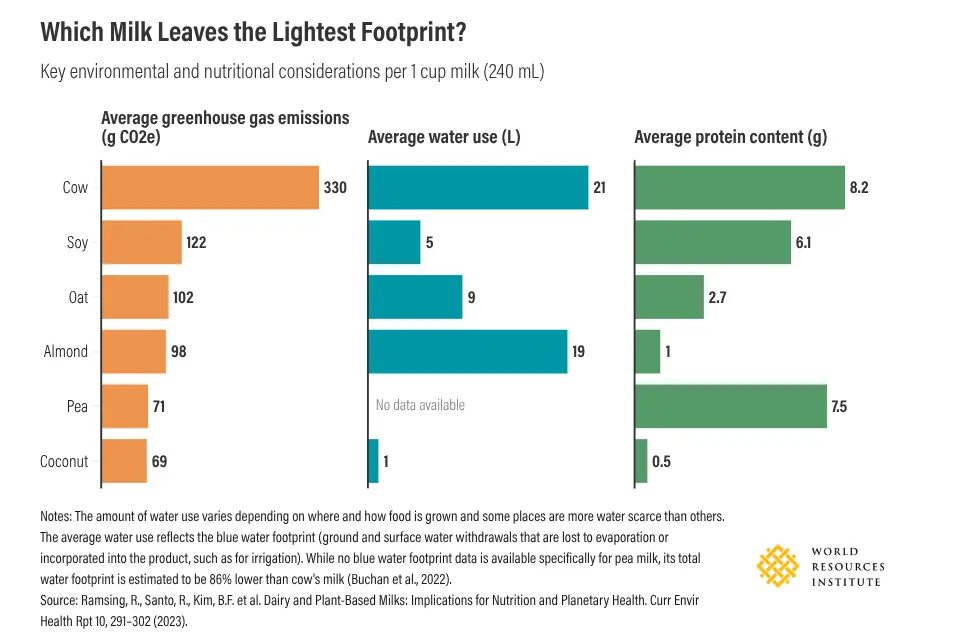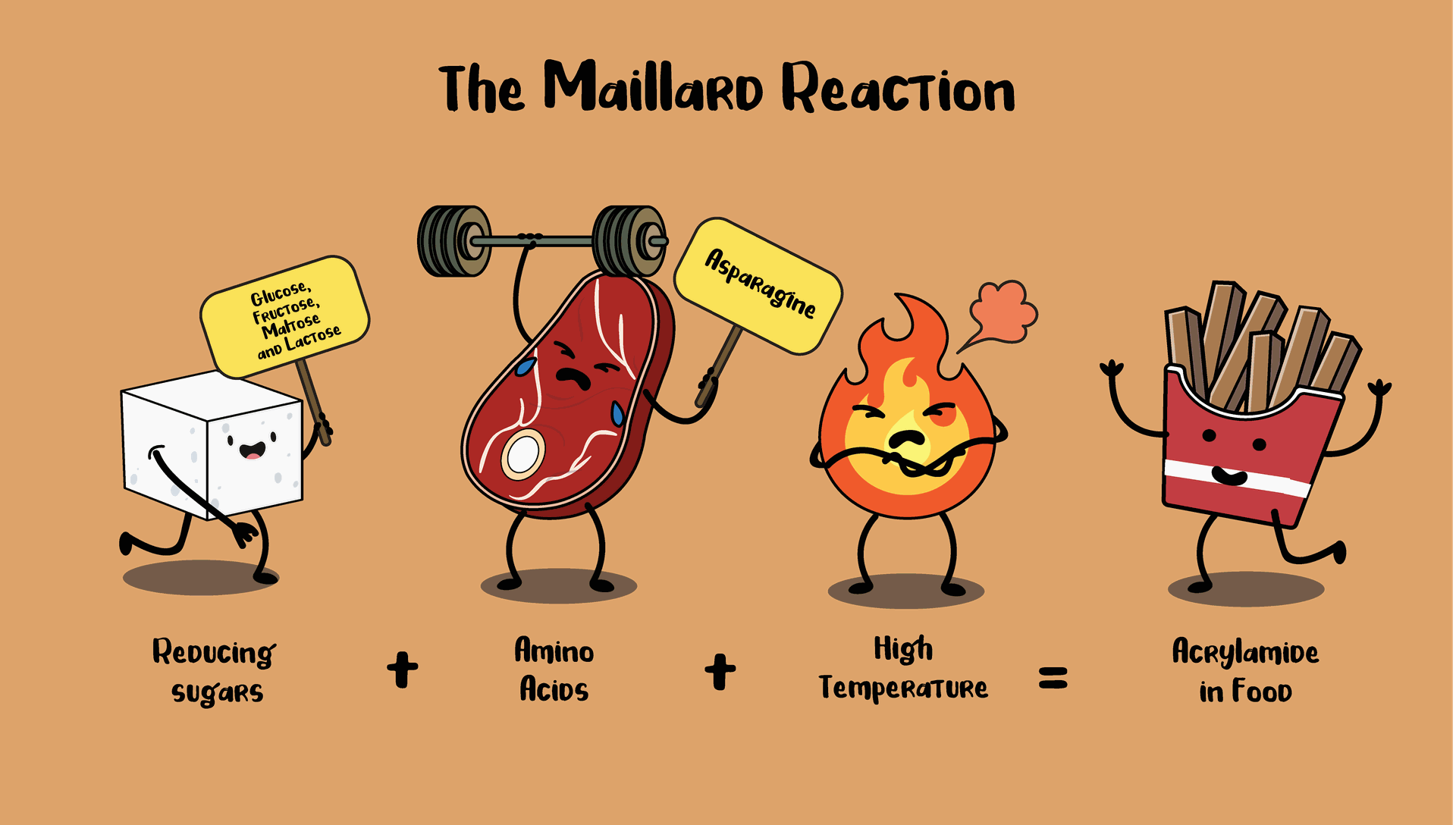The Environmental Impact of Coffee and Milk
Understanding Carbon Emissions in Coffee Production
To assess the environmental impact of coffee, we use emission factors—values that indicate the amount of CO2 emissions associated with a product or activity. These figures can be sourced from databases or calculated manually.
According to Ecoinvent v3.8, the emission factor for 1 kg of coffee is 8.1 kg CO2-equivalent. This means that 10 grams of coffee—approximately the amount used for an espresso—has an impact of 81 grams CO2-eq.
CO2-equivalent (CO2-eq) is the global standard for measuring greenhouse gas emissions, allowing different gases such as carbon dioxide, nitrous oxide, and methane to be compared and aggregated for a clearer understanding of their climate impact.
The Climate Impact of Different Milk Types
The production, processing, and transportation of milk—whether dairy or plant-based—contribute to its carbon footprint. These factors include agricultural machinery, land cultivation, pasteurization, packaging, and refrigeration.
Here’s how different milk types compare in terms of climate impact:
- Oat milk: 0.3 kg CO2-eq per liter (Source: Oatly)
- Soy milk: 0.7 kg CO2-eq per liter (Source: Ecoinvent v3.8)
- Pea milk: Significantly lower emissions than most plant-based milks, with minimal water usage while maintaining high protein content
- Cow’s milk: 1.8 kg CO2-eq per liter (Source: Ecoinvent v3.8)

Oat milk has the smallest carbon footprint—six times lower than cow’s milk—making it the more sustainable choice. However, pea milk is emerging as an even more sustainable option due to its low emissions and water usage while providing protein levels comparable to cow’s milk. Soy milk is another strong contender with relatively low environmental impact and good protein content.
The Environmental Impact of Your Cappuccino
Let’s calculate the total impact of a cappuccino based on the coffee and milk used:
- Cappuccino = 10 grams of coffee + 150 ml of milk
- Café Latte = 10 grams of coffee + 200 ml of milk
An espresso shot is made with 10 grams of coffee and 30 ml of water. Boiling this amount of water requires 0.00255 kWh of energy. Given that 1 kWh of Dutch electricity emits 0.328 kg CO2-eq, the energy used to brew an espresso contributes only 0.8 grams CO2-eq.
For Amsterdam Coffee Lab and other coffee businesses that use 100% renewable energy (without greenwashing through certificate purchase) the CO2 from brewing is 0.0 grams CO2-eq.
Choosing the Milk That’s Right for You
Beyond environmental impact, factors such as cost, taste, dietary restrictions, and nutritional content play a role in milk selection. The nutritional value of plant-based milks varies depending on fortification and added sugars, making label scrutiny important.
When considering sustainability, pea, soy, oat, and coconut milks come with the smallest carbon footprints, making them excellent choices for those looking to reduce their environmental impact.
Source: Which Milks Are Best for the Planet? - World Resources Institute
1 While data for pea milk’s blue water footprint isn’t available, its total water footprint is estimated to be 86% lower than that of cow’s milk. The blue water footprint represents surface water withdrawals that are lost to evaporation or incorporated into the product, such as for irrigation; total water footprint includes blue water plus green water (i.e., rainwater) plus grey water (freshwater required to assimilate pollutants, in this case, nitrogen fertilizer runoff, to meet water quality standards).



